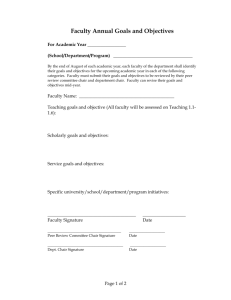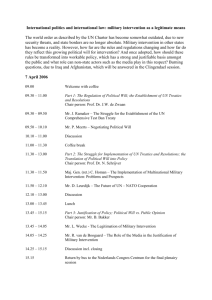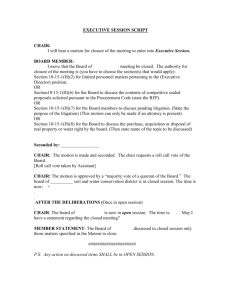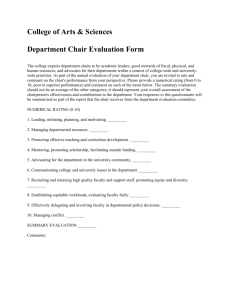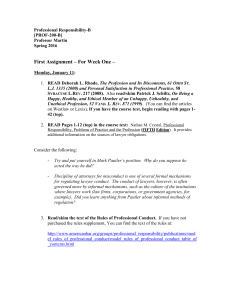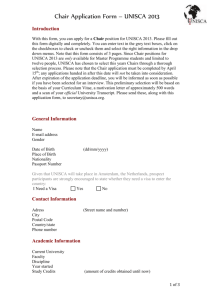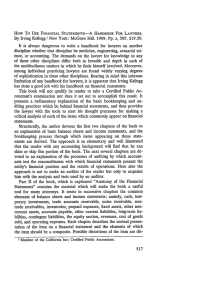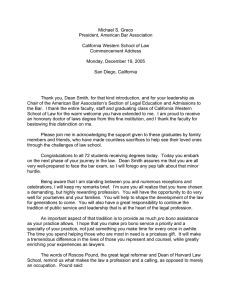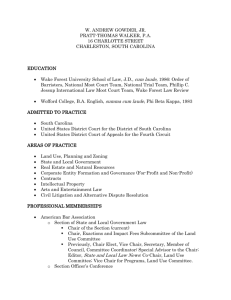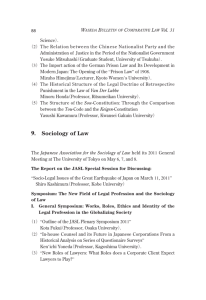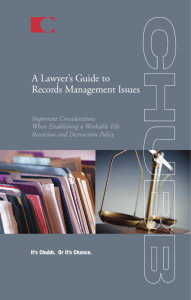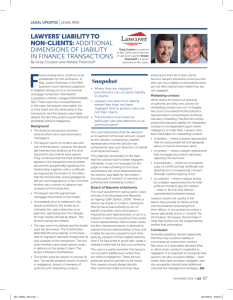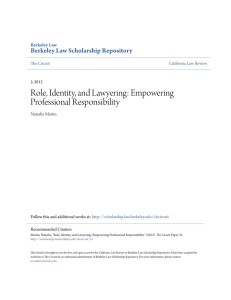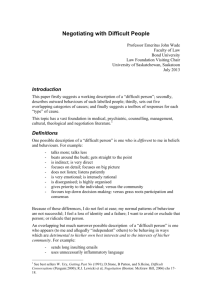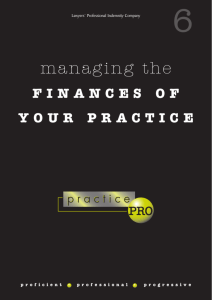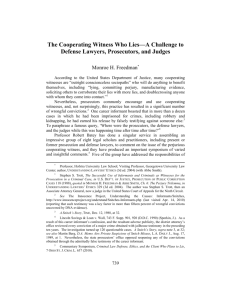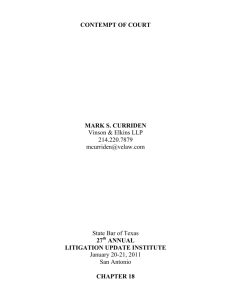Florez - Clark D. Cunningham
advertisement
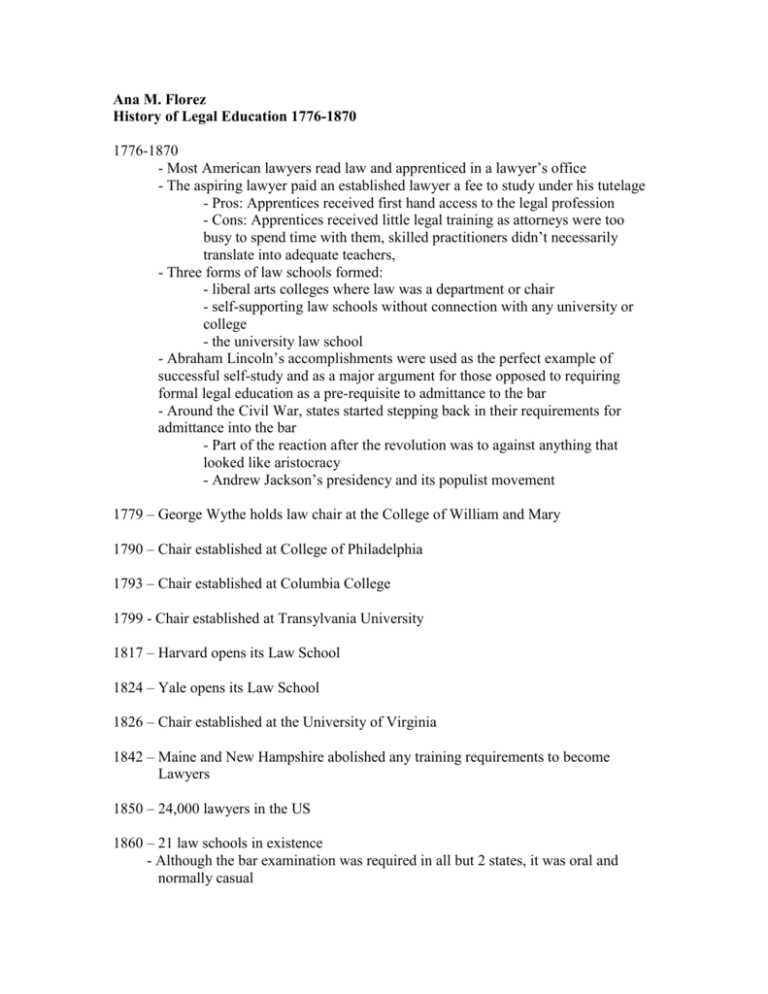
Ana M. Florez History of Legal Education 1776-1870 1776-1870 - Most American lawyers read law and apprenticed in a lawyer’s office - The aspiring lawyer paid an established lawyer a fee to study under his tutelage - Pros: Apprentices received first hand access to the legal profession - Cons: Apprentices received little legal training as attorneys were too busy to spend time with them, skilled practitioners didn’t necessarily translate into adequate teachers, - Three forms of law schools formed: - liberal arts colleges where law was a department or chair - self-supporting law schools without connection with any university or college - the university law school - Abraham Lincoln’s accomplishments were used as the perfect example of successful self-study and as a major argument for those opposed to requiring formal legal education as a pre-requisite to admittance to the bar - Around the Civil War, states started stepping back in their requirements for admittance into the bar - Part of the reaction after the revolution was to against anything that looked like aristocracy - Andrew Jackson’s presidency and its populist movement 1779 – George Wythe holds law chair at the College of William and Mary 1790 – Chair established at College of Philadelphia 1793 – Chair established at Columbia College 1799 - Chair established at Transylvania University 1817 – Harvard opens its Law School 1824 – Yale opens its Law School 1826 – Chair established at the University of Virginia 1842 – Maine and New Hampshire abolished any training requirements to become Lawyers 1850 – 24,000 lawyers in the US 1860 – 21 law schools in existence - Although the bar examination was required in all but 2 states, it was oral and normally casual 1870s – The legal profession as a whole was looking for ways to improve legal education and create higher standards for the practice of law – catalysts for the creation of the ABA…



